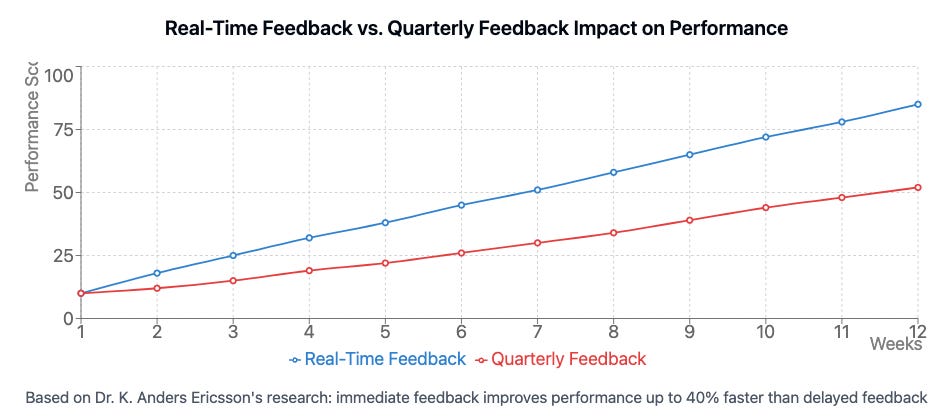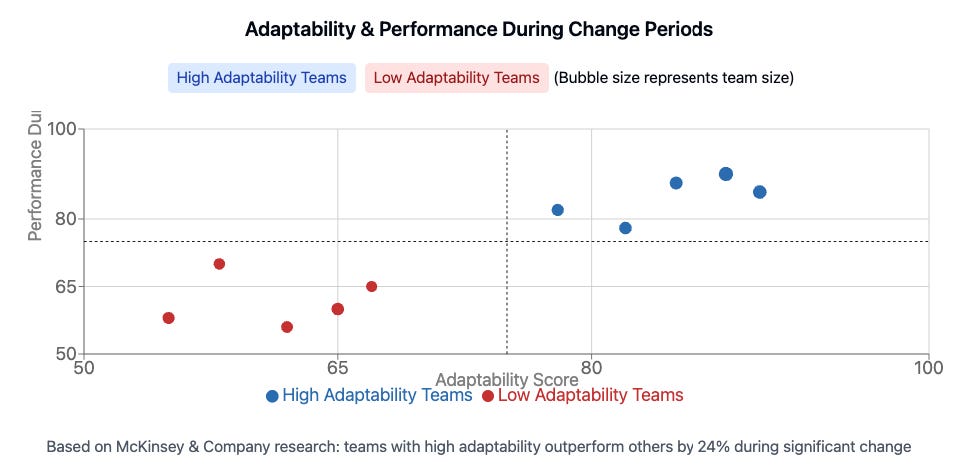The Rowing Playbook: Four Rules Every Operator Should Know
Hi, I’m Kyle Kelly. Welcome to Line of Sight, a weekly newsletter decoding how AI, capital, and strategy create durable advantage.
Leadership frameworks aren’t invented in boardrooms. I learned mine at 5 AM on the Schuylkill River.
While my classmates slept, I was learning how rhythm, feedback, and shared struggle compound into performance. Rowing taught me what every operator eventually realizes: what moves a boat forward under pressure is the same discipline that drives organizations through growth and chaos.
Here are the four rules every operator should know.
My Leadership Manifesto:
Operating Rhythm > Coordination
Feedback in the Moment Scales Faster
Shared Struggle Builds Culture
Adaptability Is the Real Advantage
1. Operating Rhythm > Coordination
There’s a difference between eight rowers moving at the same time and eight rowers moving as one. The first time it clicked, the shell lifted out of the water. Effort turned effortless.
Our coach called it collective rhythm. Synchronization is just hitting deadlines together. Rhythm is a shared flow where output compounds beyond any one person.
Operator lesson: The best teams don’t just align on goals; they move in rhythm. At Zappos, a seven-person team in flow outperformed groups of twenty-five operating in coordination. In deals or product launches, rhythm is when finance, product, and sales stop defending silos and start pulling together.
2. Feedback in the Moment Scales Faster
“Hey 4-seat, watch the blade sky! Hands level at the catch.”
I was that 4-seat that day. One quick cue from our coxswain and within a few strokes the boat was flying again.
Our U.S. National Team and Collegiate Hall of Fame coach had one rule: he called an issue once, just once. It wasn’t harshness. It was preparation for race conditions where real-time correction determines whether you medal or miss the podium. It was about fixing it while you can impact the race.
In business: quarterly or annual feedback cycles are malpractice. Teams need micro-corrections that compound. In partnerships, in M&A diligence, in product roadmaps, delayed feedback means compounding errors.
When Zoom’s usage exploded 30x during COVID, engineering didn’t stick to quarterly plans. They implemented daily capacity reviews, hourly performance monitoring, and real-time resource reallocation. Speed of learning beat perfection of planning.
Operator move: build feedback loops that move faster than your competition’s decision cycles. If your industry adjusts quarterly, you need monthly cycles. If they adjust monthly, you need weekly recalibration. Fix things while you’re in the arena.
Speed of learning beats perfection of planning.
“The frequency of feedback is directly proportional to the rate of skill acquisition. Research shows that immediate feedback improves performance up to 40% faster than delayed feedback.” — Dr. K. Anders Ericsson
3. Shared Struggle Builds Culture
A 2,000-meter race is seven minutes of anguish. Frozen hands, burning lungs, legs on fire. Yet those are the memories rowers talk about decades later. Struggle forged bonds no offsite ever could.
Operator lesson: shared adversity creates trust faster than comfort ever will. In the boardroom, the champagne toast on close day doesn’t build culture. The grind of integration does. The hardest projects, the messiest restructurings, and the pivots under pressure are what forge real teams.
When I’ve deliberately assigned “stretch projects” that felt uncomfortable, teams didn’t just deliver, they came out bonded and more resilient.
4. Adaptability Is the Real Advantage
Lineups changed constantly. One week I was starboard, the next port. Bow pair could move to the engine room overnight. Constant reconfiguration forced adaptability, not as a value but as survival.
Operator lesson: change is no longer cyclical; it’s constant. Deals collapse, markets shift, priorities reset overnight. The leaders who win aren’t the ones with the most rigid plan—they’re the ones who treat reconfiguration as normal.
In M&A: the best integrations succeed because teams expect to reconfigure midstream. They adapt, recalibrate, and keep the boat moving.
McKinsey found that adaptable teams outperform others by 24% during major change. PwC found that adaptable organizations are three times more likely to become industry leaders.
“Research across 150 organizations found that teams with high adaptability scores outperformed their less adaptable counterparts by 24% during periods of significant change.” — McKinsey, Organizational Resilience Study (2023)
The Compound Effect
These four rules operate like the mechanics of a racing shell.
Synchronization without feedback leads to coordinated failure.
Shared struggle without pressure doesn’t build capability.
Feedback without synchronization creates chaos.
When all four combine, something remarkable happens. Teams move faster than their individual capabilities suggest. They anticipate problems before they appear. They know when to push and when to adjust.
Rowing taught me that leadership isn’t about shouting from the stern. It’s about building systems where excellence emerges from the crew.
Final Pull
This is part of LineofSight.io, where I turn AI noise into operator strategy for non-technical GTM leaders.
Subscribe for weekly frameworks on building leverage, structuring deals, and scaling teams that compound.







